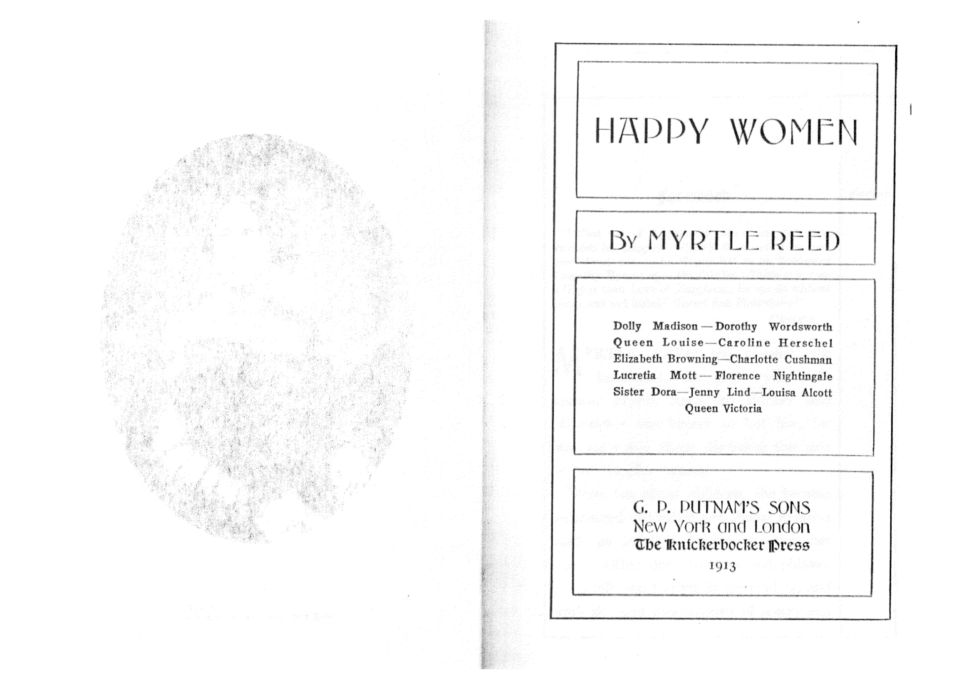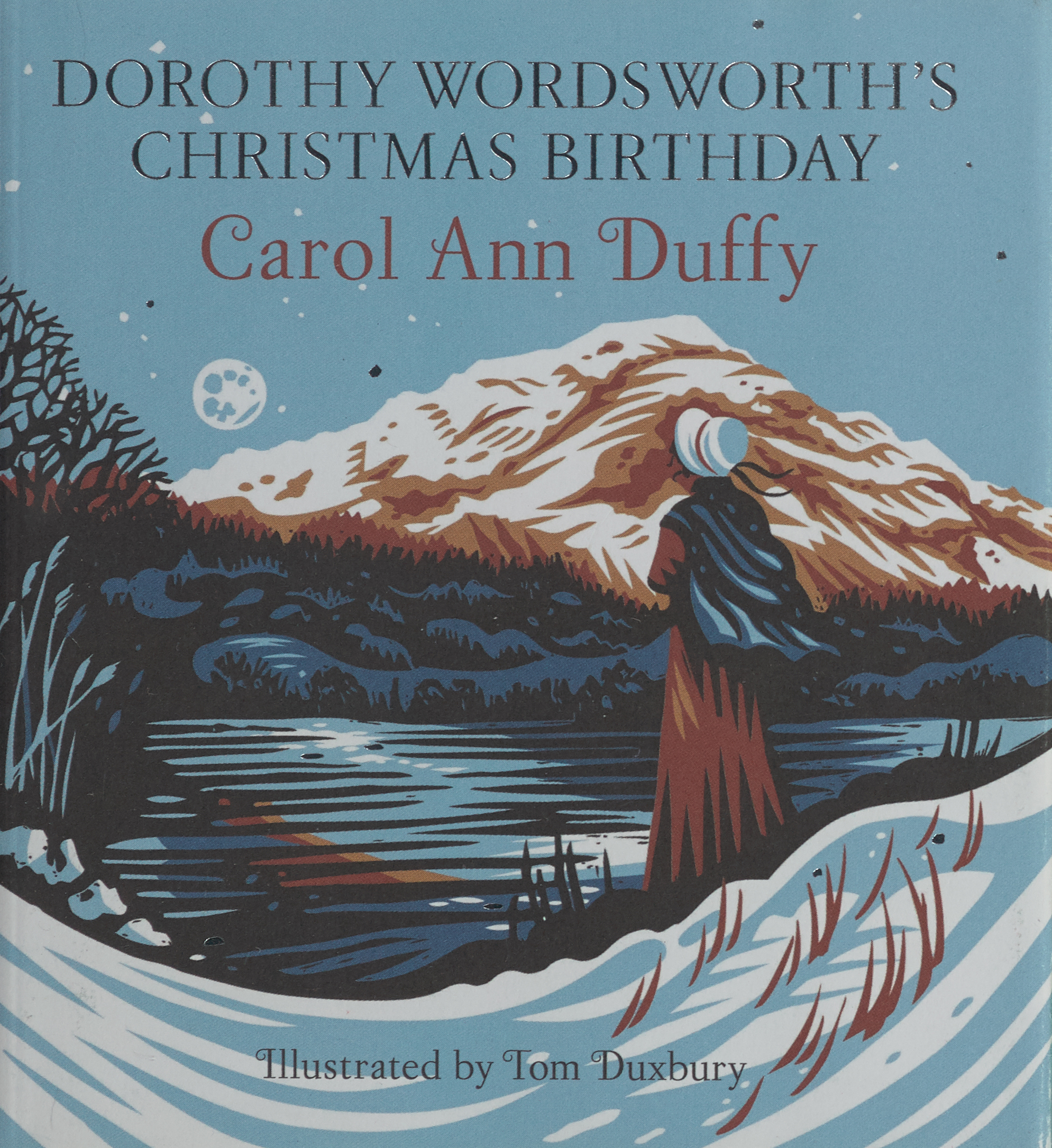Dorothy Wordsworth was mostly unknown to the reading public during her lifetime, but interest in her writing rose in the decades after her death. Most of what nineteenth-century readers knew about her came from limited accounts of loved ones or else was closely related to what they knew about William. These materials show just a few of the ways that Dorothy has been received by audiences throughout history. From Edmund Lee's idealized, sentimental portrayal of Dorothy as a paragon of Victorian femininity and sisterly love, to Myrtle Reed's early twentieth-century view of ideal womanhood and housewifery, to Carol Ann Duffy's contemporary illustrated poem about Dorothy’s friendship with Samuel Taylor Coleridge, these biographical stories are examples of how Dorothy’s image as a prominent woman author of the Romantic era has changed over time. Dorothy’s legacy and unique contributions to literature deserve to be commemorated during this Woman's Month, even as we recognize the differences in perspectives among readers.



This display case assembled by Chelsea McNeil, Kyler Merrill, and Shoshana Weaver.